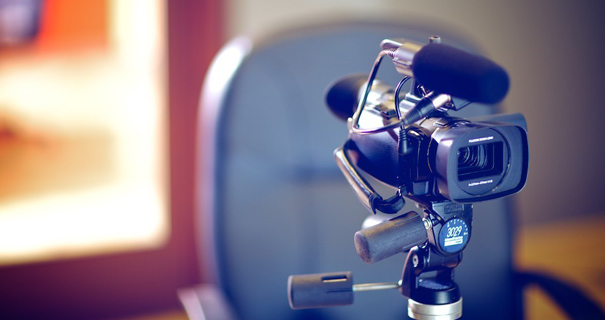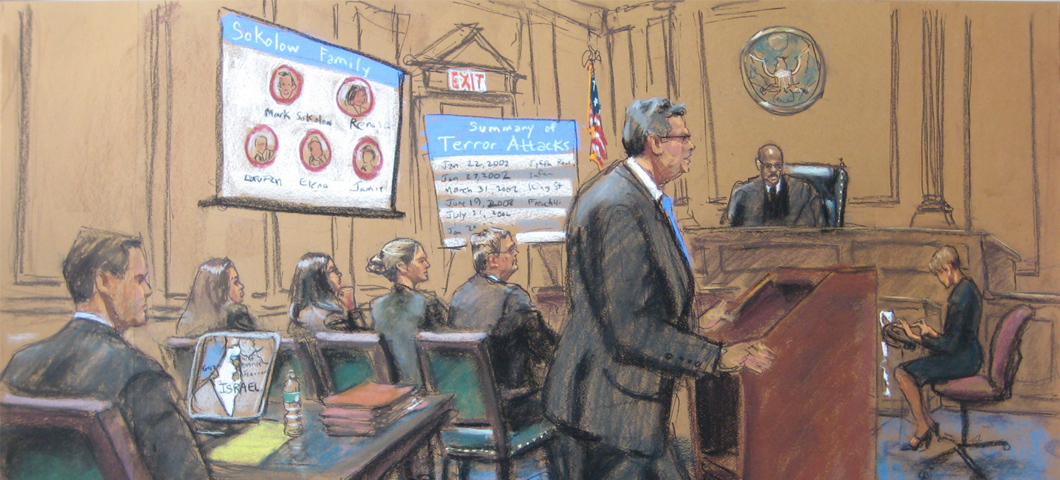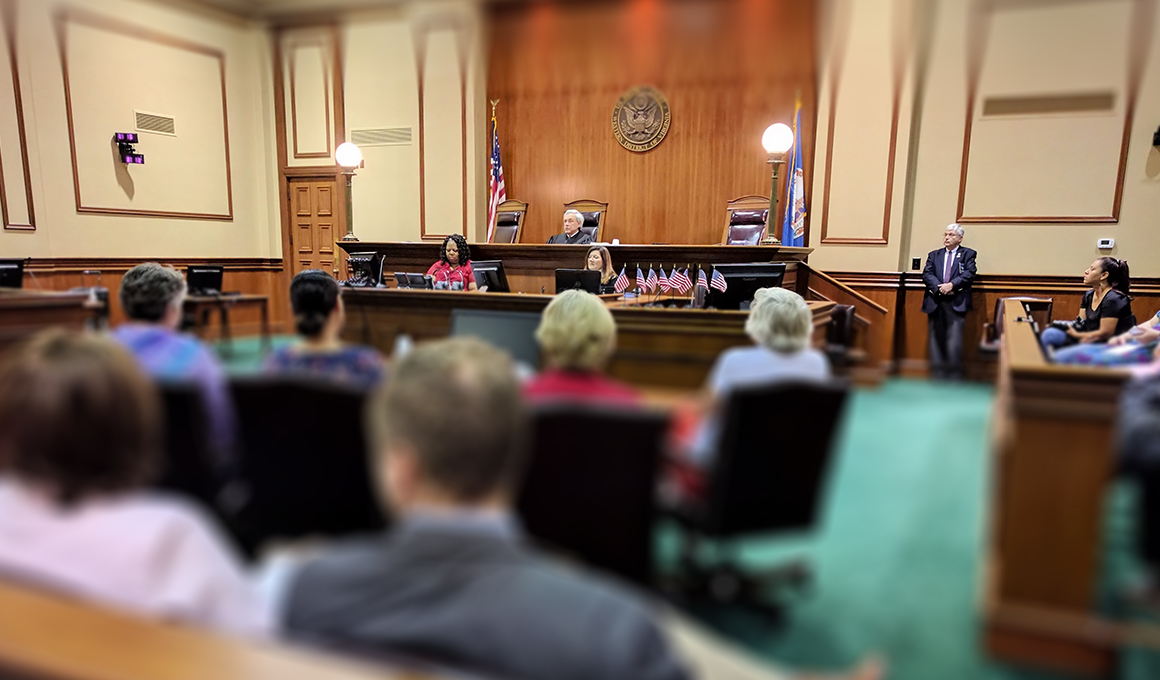How Trial Presentations Help Attorneys Effectively Convey Legal Arguments
How Trial Presentations Help Attorneys Effectively Convey Legal Arguments
Blog Article
Enhancing Your Lawful Method With Expert Test Presentations
In today's lawful landscape, the value of expert test discussions can not be overstated. As attorneys browse the intricacies of the courtroom, the capacity to efficiently share intricate debates is vital. By changing dense lawful concepts right into engaging stories, experts can boost juror understanding and retention. Furthermore, integrating multimedia devices and narration methods can produce a compelling backdrop that not just educates but additionally reverberates mentally with jurors. However, the inquiry stays: what specific methods can attorneys utilize to elevate their presentations and ultimately influence test end results?
Relevance of Test Presentations
Trial discussions work as a crucial element in the legal process, successfully linking the space in between complicated lawful disagreements and juror comprehension. The ability to boil down intricate lawful principles right into obtainable stories is important for jurors, who must make enlightened choices based upon the evidence provided. A well-crafted discussion not just makes clear the case yet additionally improves the persuasiveness of the argument, ultimately affecting the jury's understanding.
In a period where focus spans are limited, the relevance of involving visuals and clear interaction can not be overstated. Trial discussions serve to capture jurors' rate of interest and keep their emphasis, permitting a deeper understanding of the facts and legal issues at hand. They offer an organized framework that arranges the instance, helping with logical circulation and comprehensibility.

Key Components of Effective Presentations
A reliable discussion in a court room establishing hinges on several key elements that collectively boost its influence. Lawyers need to distill intricate legal debates into concise, conveniently absorbable points to make sure jurors realize the core problems.
Visual help play an essential role too, as they can significantly reinforce crucial messages. Efficient use exhibitions, charts, and layouts can clear up complex information and highlight necessary realities. Furthermore, the speaker's distribution style is crucial; confident, interesting interaction fosters credibility and maintains jurors' interest.
Last but not least, understanding the audience is critical. Tailoring the presentation to the jurors' backgrounds and worths can cultivate a connection that improves receptiveness to the debate. In recap, clarity, narrative structure, aesthetic aids, delivery style, and audience recognition are indispensable to crafting a reliable courtroom presentation that resonates with jurors and sustains the overarching legal strategy.
Modern Technology in Trial Presentations
Modern courts significantly incorporate modern technology to improve test discussions, improving the fundamental aspects of efficient communication established with clear messaging and appealing narratives. The incorporation of audio-visual help, such as high-def projectors here are the findings and interactive displays, enables legal groups to present evidence in an extra engaging way. This technology not just captures the court's interest yet also promotes a much better understanding of complicated details.

Digital tools, consisting of discussion software program and electronic exhibit management systems, enhance the organization and access of evidence (trial presentations). Lawyers can promptly reference records, photos, and videos, making certain that crucial details is easily easily accessible throughout the trial. Additionally, the usage of animations and simulations can vividly highlight crucial ideas, making them simpler for jurors to comprehend
Furthermore, courtroom technology promotes cooperation among attorneys, enabling real-time changes to presentations based on court responses or unforeseen developments. The capability to adapt on the fly is vital in preserving involvement and enhancing debates. As modern technology continues to develop, its duty in trial discussions will definitely increase, using ingenious means to communicate properly and persuasively in the search of justice.
Narration Strategies for Effect
Reliable narration methods are important in delivering impactful trial presentations, as they transform intricate legal arguments into relatable narratives. A well-crafted story captivates the target market, making it easier for jurors to comprehend and keep in mind bottom lines.
To produce a compelling story, attorneys need to concentrate on establishing a clear framework with a beginning, center, and end. The start needs to present the instance context and its importance, while the center elaborates on the core issues, weaving forthcoming and witness testaments that support the disagreement. Effectively, the ending need to strengthen the desired message, driving home the preferred outcome.
In addition, integrating emotional elements can considerably enhance the story's influence. By humanizing the instance, attorneys can stimulate compassion, permitting jurors to link personally with the facts provided. Making use of vibrant imagery and anecdotes can also these details help in showing intricate motifs, making them extra concrete and memorable.

Tips for Application in Court
Carrying out storytelling techniques in court requires cautious preparation and execution to ensure that the story resonates with jurors. Begin by recognizing the core message of your case and aligning it with the emotional and accurate elements that will certainly involve the court. Develop a clear and compelling narrative arc that includes my blog an introduction, a growth of conflict, and a resolution.
Make use of visual aids to improve narration; exhibits, timelines, and multimedia presentations can aid show complex ideas and preserve juror interest. Exercise your shipment, making sure that body movement, tone, and pacing are consistent with the emotional weight of your story.

Verdict
In final thought, specialist test discussions play a vital duty in boosting legal strategies by successfully communicating complicated disagreements to jurors. The integration of aesthetic aids, clear stories, and emotional narration cultivates juror engagement and comprehension.
Report this page